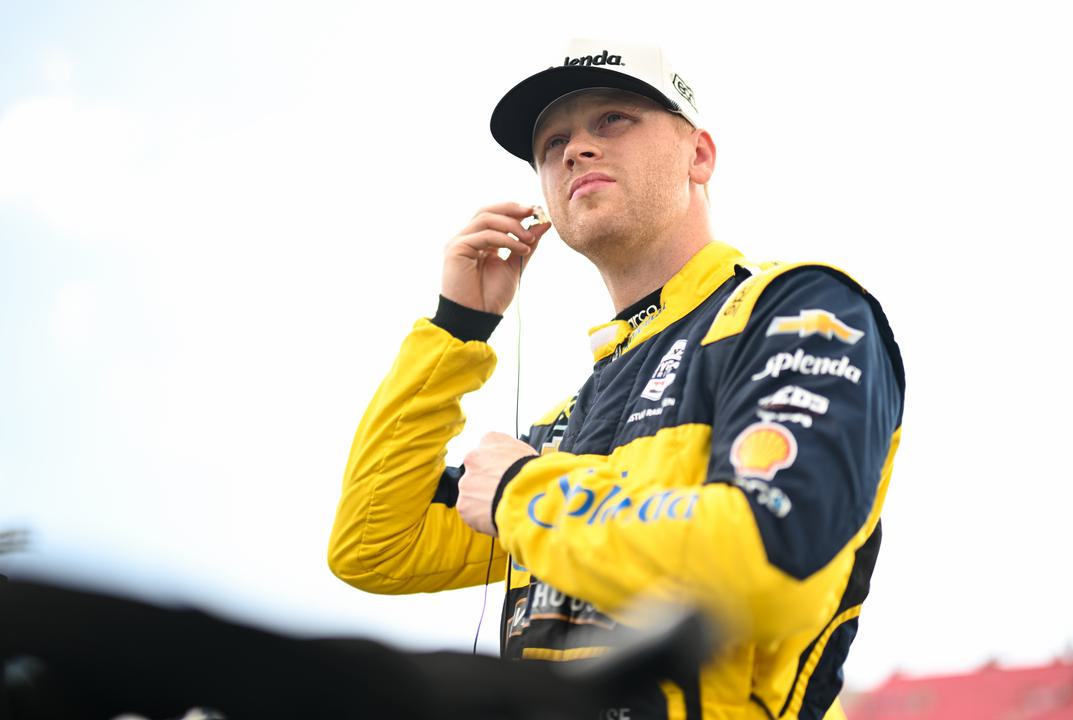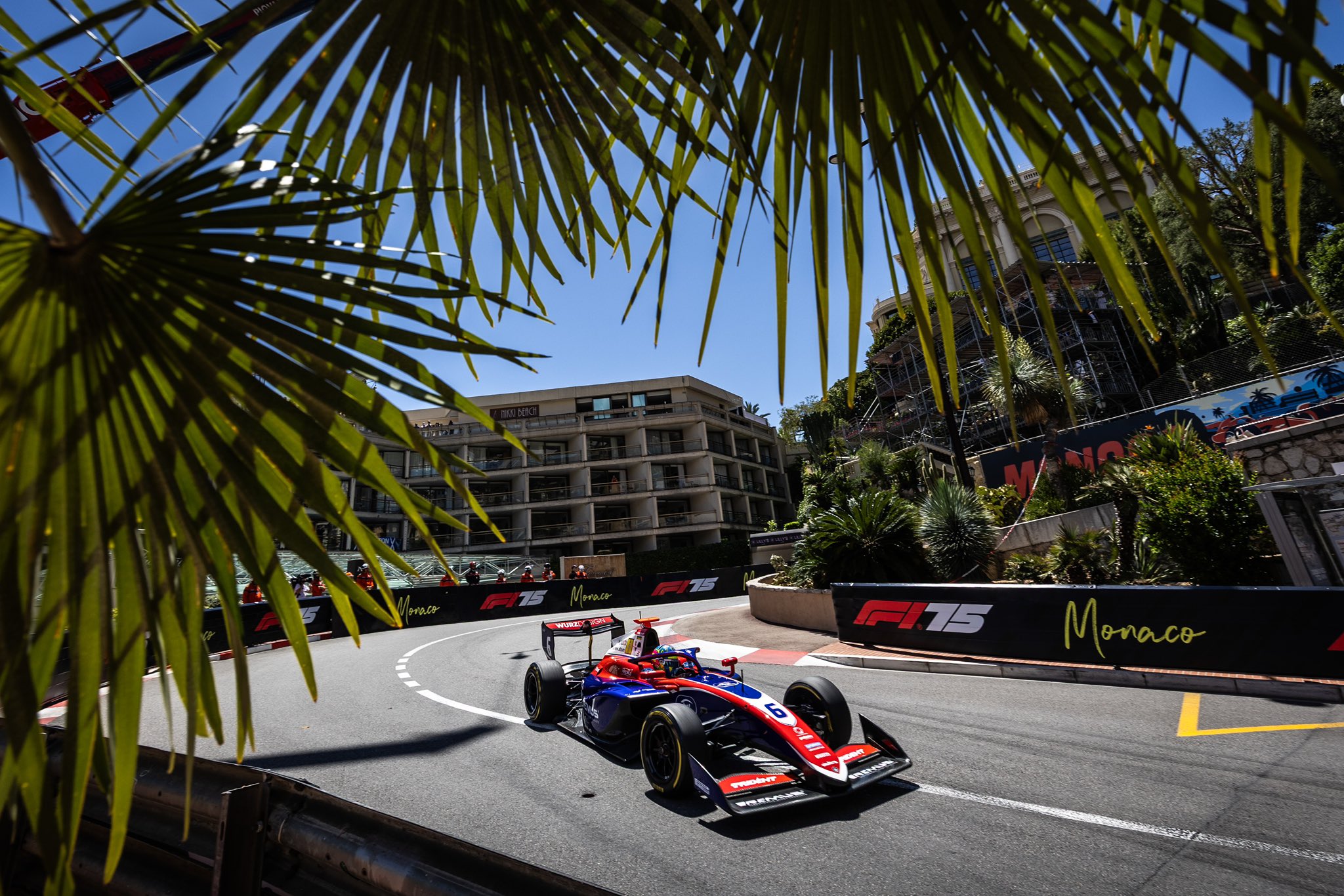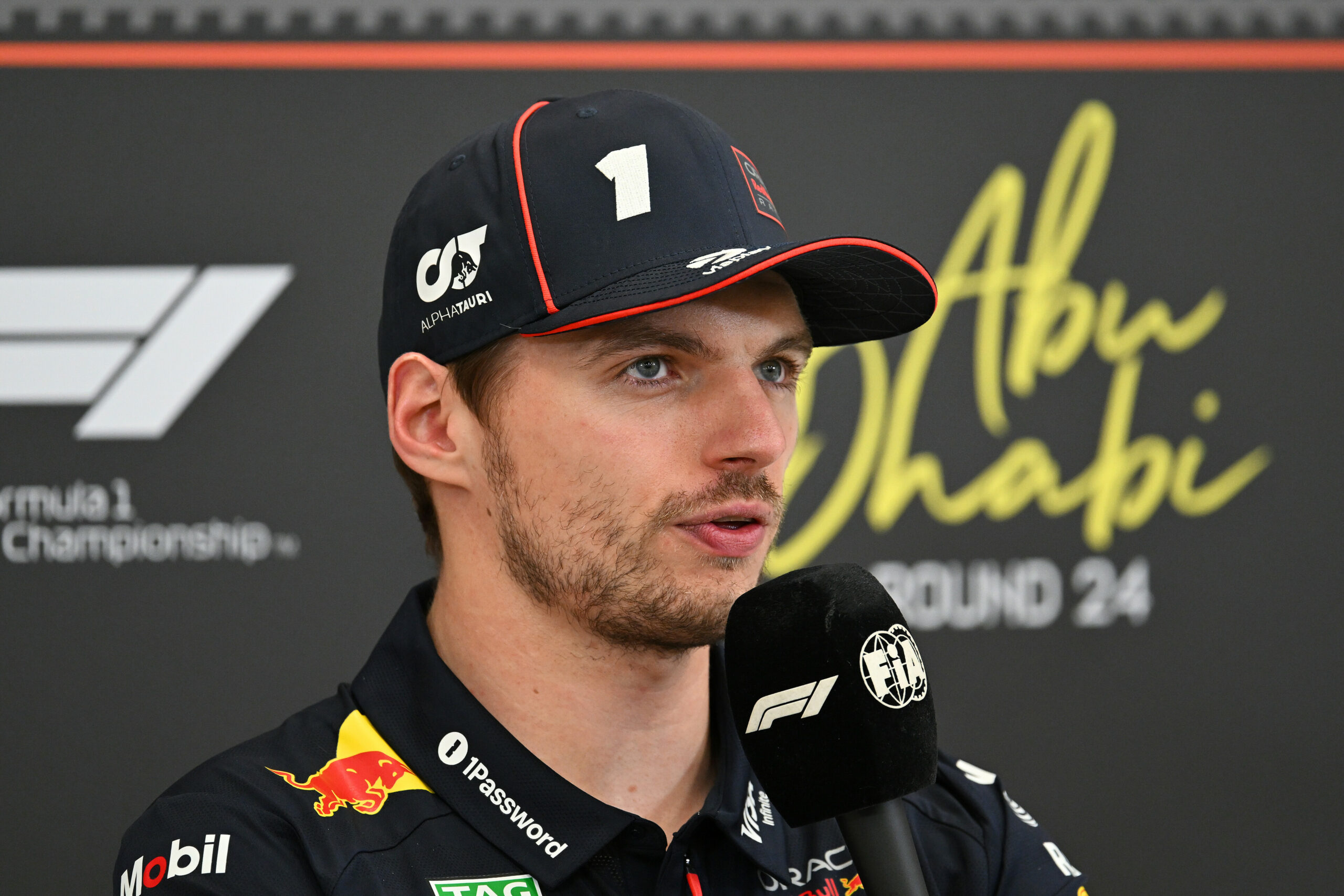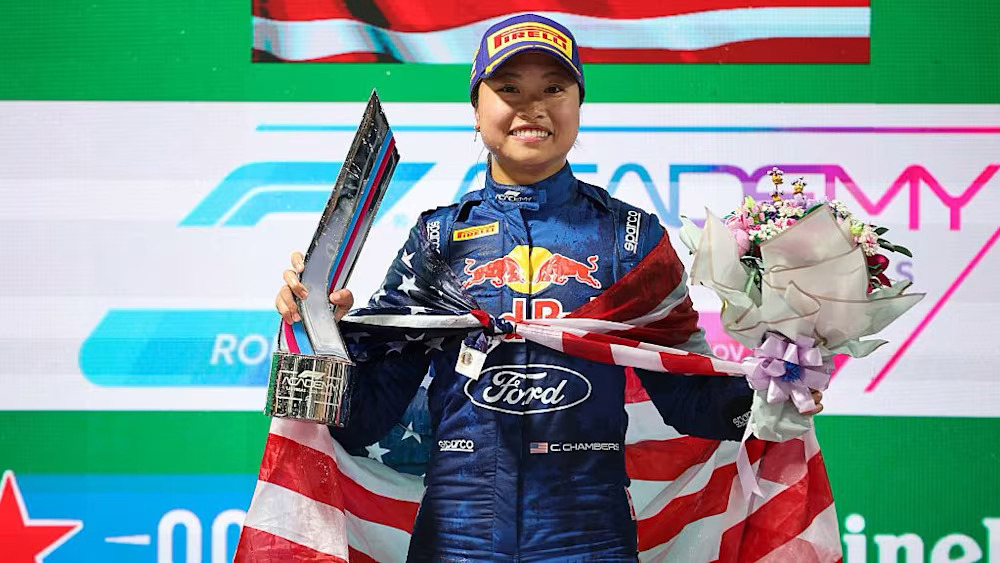Feeder series costs are a significant barrier for those trying to enter motorsports like F1, as discussed by IndyCar driver Christian Rasmussen. The Danish driver moved to America in 2018 to compete in the “Road to Indy” series. He won championships in US F2000, Indy Pro 2000, and Indy NXT before scoring an IndyCar seat with Ed Carpenter Racing for 2024. Rasmussen recently scored his first podium in IndyCar at Gateway.
Pit Debrief spoke exclusively to Ed Carpenter Racing’s Christian Rasmussen about the differences between the IndyCar and F1 feeder series.
Wealthy disparity raises issues in Formula feeder series
Concerns of wealth disparity plague the Formula feeder series, with those able to afford the costs more likely to progress. Lewis Hamilton spoke about this issue on the Graham Norton Show, expressing how his path to F1 would be near impossible today.
“My dad spent something like £20,000 and remortgaged the house several times in the first years. But today it’s just got so expensive. There are very few, if [any] working-class families on their way up. It’s all wealthy families.
“I’ve got a friend of mine who was nearly in Formula 1 and then he got leapfrogged by a wealthy kid and then his opportunity was gone.”
Young drivers are jumping from F2 to Indy NXT feeder series
European drivers are making the jump to America, including former F2 driver Dennis Hauger. Road to Indy offers top finishers scholarship prizes to continue through the series, while the Formula feeder series do not. In an exclusive interview with Pit Debrief, the current Indy NXT leader discussed his difficulties receiving financial support after winning F3.
More recently, Juan Manuel Correa made the switch from F2 to Indy NXT, taking his maiden podium at the Detroit GP.
Rasmussen expressed that it is a “smart” decision for drivers to make the switch from European to American feeder series.
“I think it’s smart. That’s the way I did it in the first place. I’m a little, I guess more unique in a way that I came over here very early and I did all of my junior Formula categories over here and not in Europe. I think a lot of the people, you’ll see is they kind of go through the ladder system in Europe and then they jump over here late.
“The US is a great place to be. I think there’s so much more opportunity for drivers to have a career in racing especially in the open wheel categories.”
Rasmussen on financial support for Road to Indy
Unlike Hauger and Correa, Rasmussen made the jump to America much earlier in his motorsports career. He cited financial support as one of the main contributors to his decision.
“IndyCar is by no means easy to get into. But from a financial standpoint, it’s easier to get into them than Formula One, for example. So, I think part of that is the attraction. For me, the, the big attraction was all the, the scholarship that was part of the junior categories over here.
“And that’s ultimately kind of how I’ve made it through was really by winning all these championships and kind of get the scholarship to move on to the next level. We would have never been able to make it in Europe just purely based on a financial standpoint.
“So yeah, it was definitely the right choice for me personally to come to the US and pursue IndyCar through all of these scholarships and ended up becoming one of two drivers in history to have won all three ranks of the Road to Indy. I mean, without that, I wouldn’t be here.”
Support for feeder series champions lacking in F1 compared to IndyCar
One of the major differences between Road to Indy and the Formula feeder series is how they provide support for their champions. The Indy NXT champion is guaranteed a scholarship to help fund their IndyCar career. This includes a rookie oval test, entry into the Indy 500 and one other IndyCar race. Funding from the IndyCar feeder series helps drivers such as Rasmussen secure a spot on the grid.
Unfortunately, this funding structure does not exist in the Formula feeder series, leaving drivers to rely on sponsorship money and team decisions to determine their future in F1. Past F2 champions Felipe Drugovich and Theo Pourchaire have been unable to secure a spot on the grid. Even McLaren driver Oscar Piastri was forced to wait on the sidelines for a year before his F1 debut.
On the other hand, money is a significant factor in driver decisions. Notoriously, former Haas driver Nikita Mazepin secured an F1 seat in 2021 due to the money he brought with it. He had finished P5 in F2 and went on to finish P21 in the 2021 F1 season. Decisions like this make it hard to view F1 as the meritocracy it claims to be.
Rasmussen reflects on financial difficulties with F1 feeder series
Rasmussen criticized the F1 feeder series for its significant costs.
“It’s tough that it’s a sport where it doesn’t always come down to who’s the best driver. But, again, that’s also something that all of us have been used to from a very young age. Ever since karting, I mean, it gets super expensive in karting already, and it only goes one way.
“So, it’s just kind of part of the sport and what you’ve been used to dealing with your whole career.”
Can we solve the F1 feeder series problem?
Why hasn’t the FIA implemented a scholarship system for the feeder series? There are FIA scholarships for karting, but the support dwindles as drivers make their way through the series. F2 Team Principals have previously stated that the cost differences between racing in America versus Europe make it difficult for F2 to follow the same model as Indy NXT.
F1 driver academies play a significant role in preparing young drivers for F1 outside of racing in feeder series. For example, Mercedes gave Kimi Antonelli significant testing mileage in F1 cars before he began his rookie season. This means that drivers without the resources to secure testing opportunities are a step behind those signed to academies.
One could argue that talent is what allows drivers to get signed to academies. But drivers can be signed to an academy and still run out of funding. This happened to former F2 driver Zak O’Sullivan. Despite being signed to the Williams driver academy and scoring two race wins, funding issues meant he could not finish the 2024 season.
While the FIA previously chose to focus on reducing the costs of feeder series rather than develop scholarship programs for drivers, it seems like this solution has not significantly helped. Drivers like Hauger and O’Sullivan have fallen through the cracks of the F1 feeder series rather than being supported by it.
Rasmussen highlighted the benefits of funding and opportunity available through IndyCar. It may be time for more drivers to take notice.





